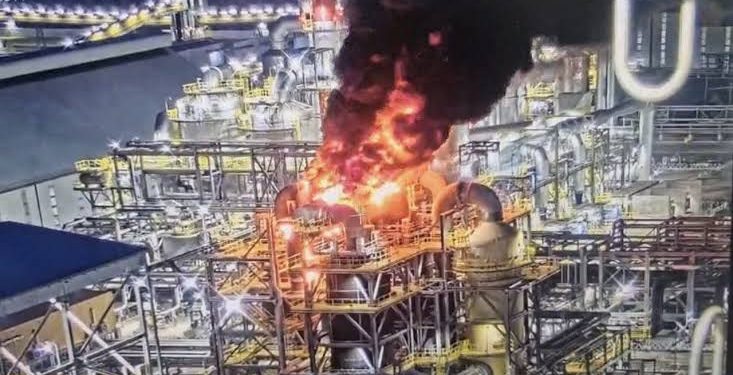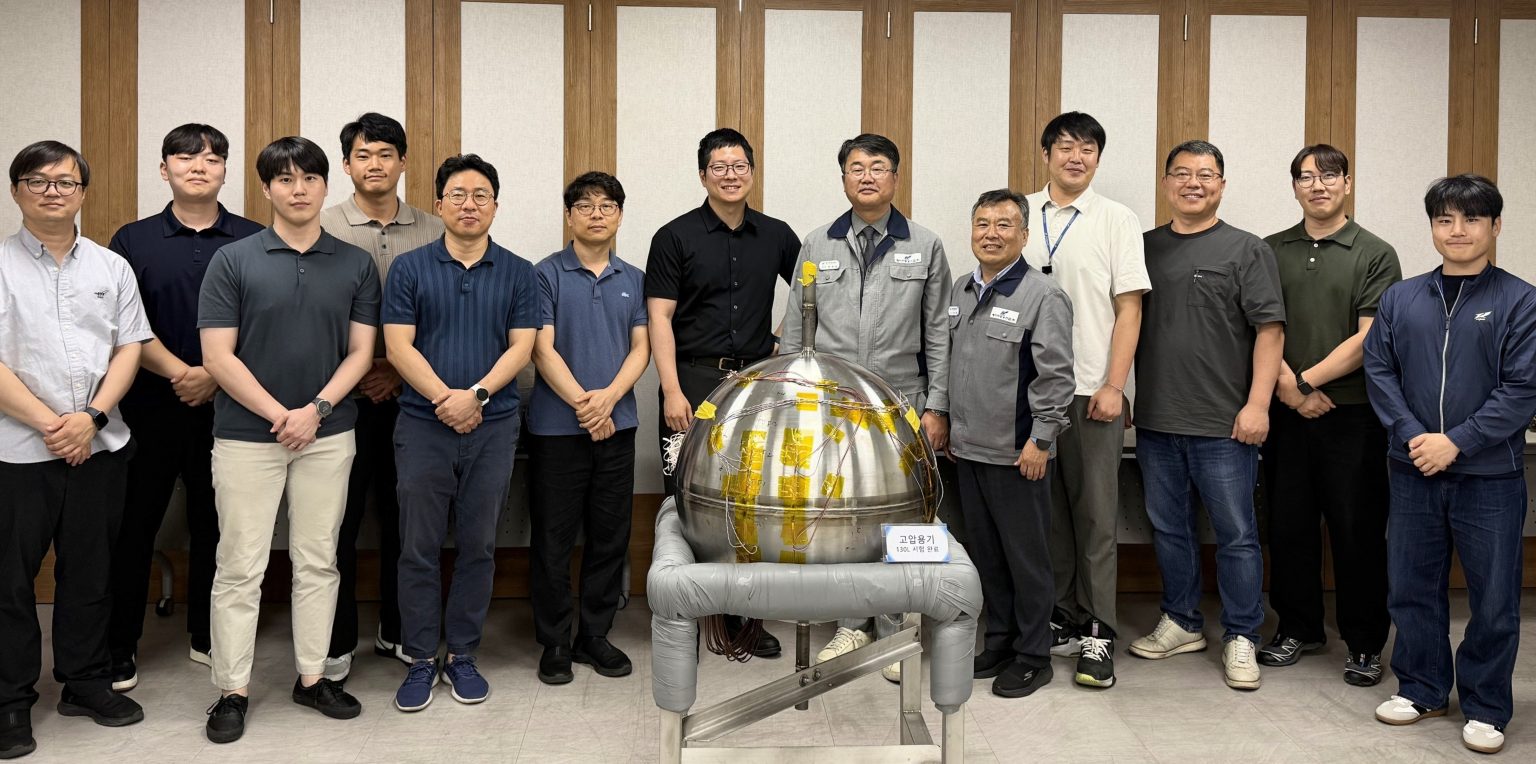
Investment in Clean Hydrogen Hubs to Accelerate U.S. Clean Energy Transition
The U.S. Department of Energy (DoE) announced a $2.2 billion investment to develop two regional clean hydrogen hubs (H2Hubs). This initiative supports President Biden’s “Investing in America” agenda and accelerates the country’s clean energy transition.
Gulf Coast and Midwest Hubs Funding
The Gulf Coast H2Hub in Texas, led by HyVelocity, will receive up to $1.2 billion. It aims to produce clean hydrogen with minimal carbon emissions using natural gas, renewable energy, and carbon capture technologies. This project will create 45,000 direct jobs.
The Midwest H2Hub, supported by MachH2, will receive $1 billion to develop hydrogen infrastructure across Illinois, Indiana, Iowa, and Michigan. It will decarbonize industries such as steel, glass manufacturing, and heavy-duty transport, generating 12,000 jobs.
Economic Growth and Emissions Reduction
The hubs play a key role in the DoE’s Hydrogen Hubs Program, helping decarbonize sectors that are hard to electrify, like heavy-duty transportation and steel production. Hydrogen will also be used to power vehicles, heat homes, and assist in agriculture, supporting sustainability goals.
Long-Term Job Creation and Industrial Decarbonization
The clean hydrogen hubs will create thousands of jobs and reduce millions of metric tons of CO2 emissions annually. They are critical for decarbonizing hard-to-electrify industries, helping the U.S. meet its climate targets and enhance energy security.











Leave a Reply
You must be logged in to post a comment.